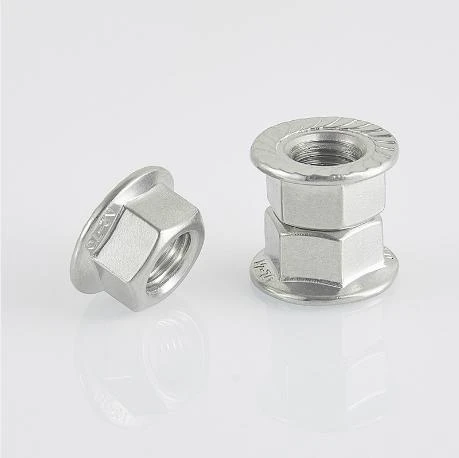

din spring washer
Dec . 07, 2024 08:24 Back to list
din spring washer
Understanding DIN Spring Washers A Comprehensive Guide
When it comes to fastening and securing components in various applications, spring washers play a crucial role. Among the various types of washers available, DIN (Deutsches Institut für Normung) standard spring washers are particularly noteworthy. This article will explore what DIN spring washers are, their applications, installation methods, and benefits, providing a detailed overview for both professionals and DIY enthusiasts.
What are DIN Spring Washers?
DIN spring washers are specially designed devices used in conjunction with screws and bolts to provide tension and prevent loosening due to vibration. They are usually made from high-carbon steel, stainless steel, or other materials that can withstand dynamic loads. The designation DIN indicates that these washers meet the standards set forth by the German Institute for Standardization, ensuring consistency in quality and performance.
There are several designs of DIN spring washers, the most common being the DIN 127 and DIN 137 series. The DIN 127 series comprises flat spring washers characterized by their circular shape with a specific spring angle, providing various levels of spring resistance. DIN 137 washers, on the other hand, are beveled or split washers that offer a greater degree of axial load support, making them suitable for heavy-duty applications.
Applications of DIN Spring Washers
DIN spring washers are used in a myriad of applications across various industries, including automotive, aerospace, construction, and machinery. Their primary function is to create a consistent tension that keeps fasteners tight. This is especially important in applications subject to vibrations, such as engines and rotating machinery, where components are at risk of loosening over time.
In the automotive industry, for example, DIN spring washers are employed in engine assembly, transmission systems, and suspension components to ensure that critical parts remain securely fixed. In construction, they are utilized in steel structures, concrete reinforcement, and machinery setups to enhance stability and safety.
Installation of DIN Spring Washers
Proper installation of DIN spring washers is essential to maximize their effectiveness. Here are some steps to consider
1. Choose the Right Size Ensure that the washer’s inner and outer diameters match the specifications of the bolt or screw being used. The washer should fit snugly without excessive play.
din spring washer

2. Positioning Place the spring washer on the bolt or screw, with the curved side facing the component it is securing. This orientation helps maintain tension as it compresses under load.
3. Tightening Start tightening the bolt or screw gradually. It is essential to reach the specified torque to achieve adequate clamping without overstressing the washer.
Benefits of Using DIN Spring Washers
There are multiple benefits to using DIN spring washers in fastening applications
- Vibration Resistance The primary advantage is their ability to absorb vibrations, which is crucial in preventing loosening over time.
- Load Distribution Spring washers help to distribute the load evenly across the surface, which can minimize wear and tear on the fastener.
- Extended Lifespan By keeping fasteners securely in place, DIN spring washers contribute to the longevity of the entire assembly, reducing the need for costly repairs or replacements.
- Standardization Compliance with DIN standards ensures interoperability and compatibility with a vast range of other hardware components.
Conclusion
DIN spring washers are an integral component in the realm of fasteners and assemblies. Their unique design and standardization make them an excellent choice for industries that require reliable and efficient fastening solutions. By understanding their applications, installation techniques, and benefits, users can ensure optimal performance in their projects. Whether you are a professional engineer or a DIY enthusiast, incorporating DIN spring washers into your assembly processes can yield significant advantages in safety, performance, and longevity.
Latest news
-
Hot Dip Galvanized Bolts-LongZe|Corrosion Resistance&Customization
NewsAug.02,2025
-
High-Strength Hot Dip Galvanized Bolts - LongZe Metal Products|Corrosion Resistant, Industrial Grade
NewsAug.02,2025
-
Hot-Dip Galvanized Hex Bolts - LongZe|Corrosion Resistance&Industrial Applications
NewsAug.02,2025
-
Premium Self Tapping Metal Screws: Strong & Easy Install
NewsAug.02,2025
-
Premium Fasteners Manufacturer | AI-Driven Solutions
NewsAug.01,2025
-
Hot Dip Galvanized Bolts - Hebei Longze | High Strength, Corrosion Resistance
NewsAug.01,2025

